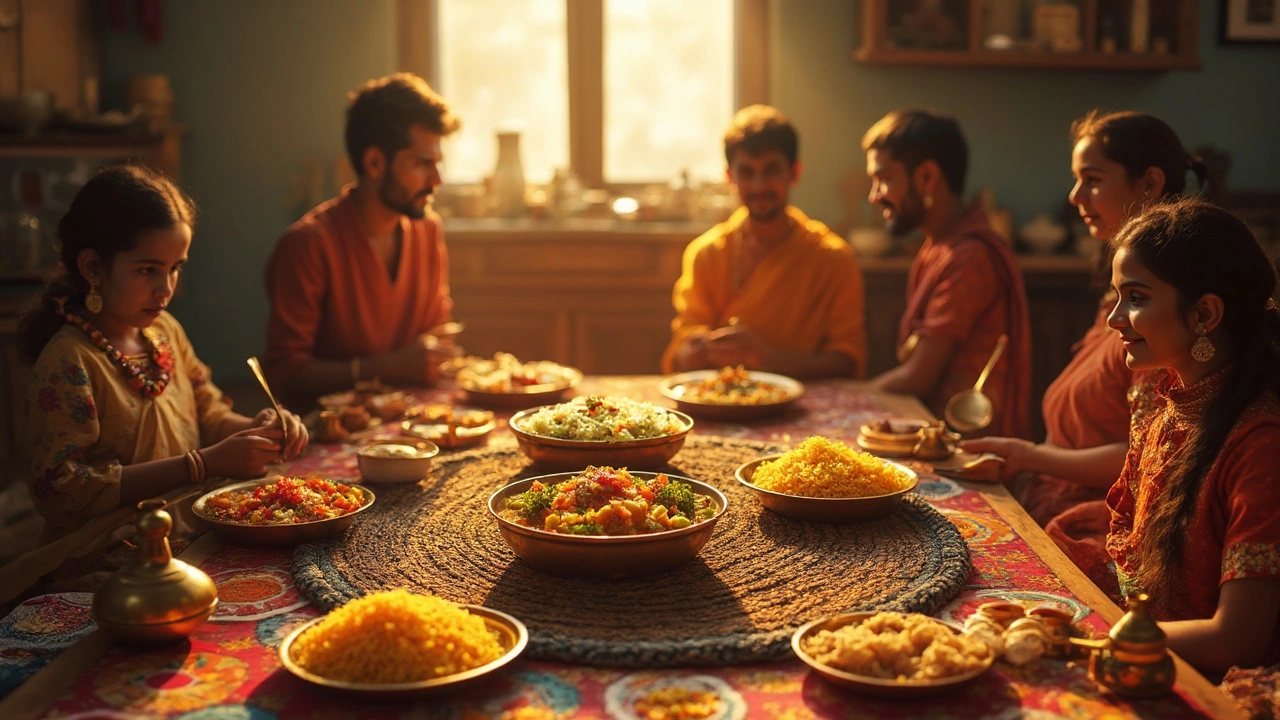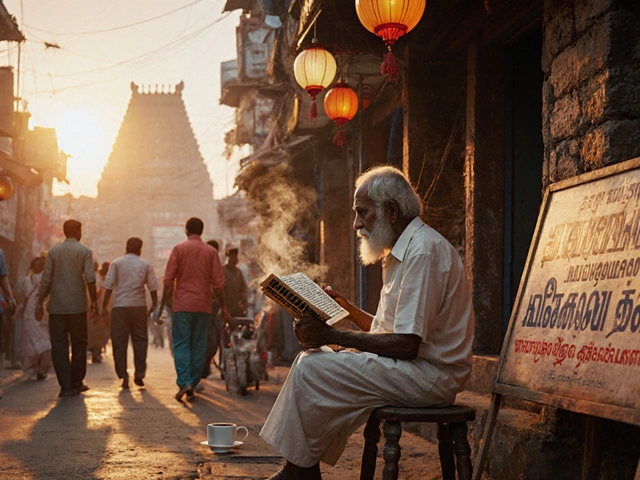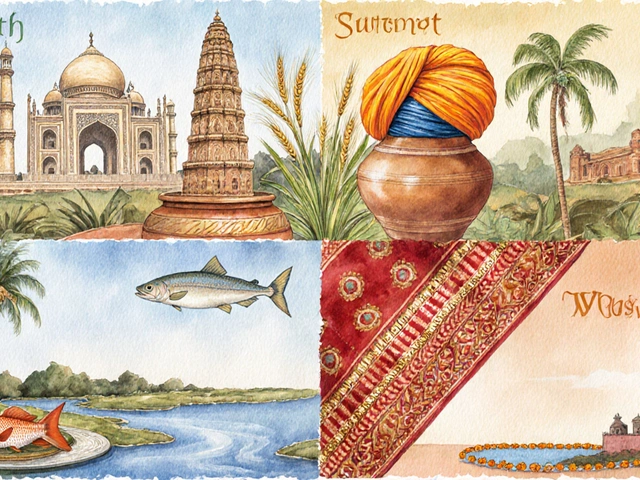Indian Vegetarian Food: Traditional Dishes, Regional Styles, and Daily Eating Habits
When people think of Indian vegetarian food, a diverse, plant-based eating tradition rooted in religion, climate, and centuries of agricultural practice. Also known as vegetarian diet India, it’s not just about skipping meat—it’s a full system of flavors, rituals, and daily routines that shape how over 400 million people eat. This isn’t some trendy lifestyle choice. It’s the default for millions, passed down through families, shaped by temple kitchens, and built around ingredients that grow easily in India’s soil—lentils, rice, wheat, millets, and seasonal vegetables.
What you eat in Gujarat is nothing like what you eat in Tamil Nadu, even if both are vegetarian. In the north, you’ll find rich, creamy curries made with paneer and ghee, served with warm roti. In the south, meals revolve around rice, tamarind, and coconut, with dishes like sambar and rasam as staples. In the west, you’ll get sweet-and-sour Gujarati dals and crispy farsan snacks. In the east, mustard oil and mustard seeds turn simple vegetables into bold, pungent flavors. The common thread? Every region uses lentils, a protein-rich legume that forms the backbone of Indian vegetarian meals. Also known as dal, it’s cooked in dozens of ways—spiced, fermented, fried, or simmered with tomatoes and onions. And it’s not just dinner. Breakfast is often idli or poha, lunch is dal-rice with pickle, and dinner might be khichdi or stuffed parathas. Even snacks like bhel puri and vada pav are vegetarian by default.
Why does this matter? Because Indian vegetarian food isn’t just about what’s on the plate—it’s about how food connects to identity, faith, and season. Many families avoid onions and garlic during religious festivals. Temple food is often completely vegan. Monsoon brings different vegetables than summer. And street vendors don’t need to label anything as ‘vegetarian’—it’s assumed unless it’s meat. This is why you’ll find articles here about staple Indian vegetarian dishes, the everyday meals that feed the nation, from rice-based meals in the south to wheat rotis in the north. Also known as Indian staple foods, they’re the quiet heroes behind India’s food culture. You’ll see how festivals change menus, how cities have their own signature snacks, and how modern diets are slowly shifting—but the core remains unchanged.
There’s no single recipe for Indian vegetarian food. But if you want to understand India, you start with the plate. What’s on it tells you about the land, the people, and the beliefs they carry with every bite. Below, you’ll find real stories from real kitchens—how grandmothers make dal in rural Punjab, what’s served at a Tamil wedding, why Gujaratis sweeten their savory dishes, and how millets are making a comeback. No fluff. Just what people actually eat, where, and why.





